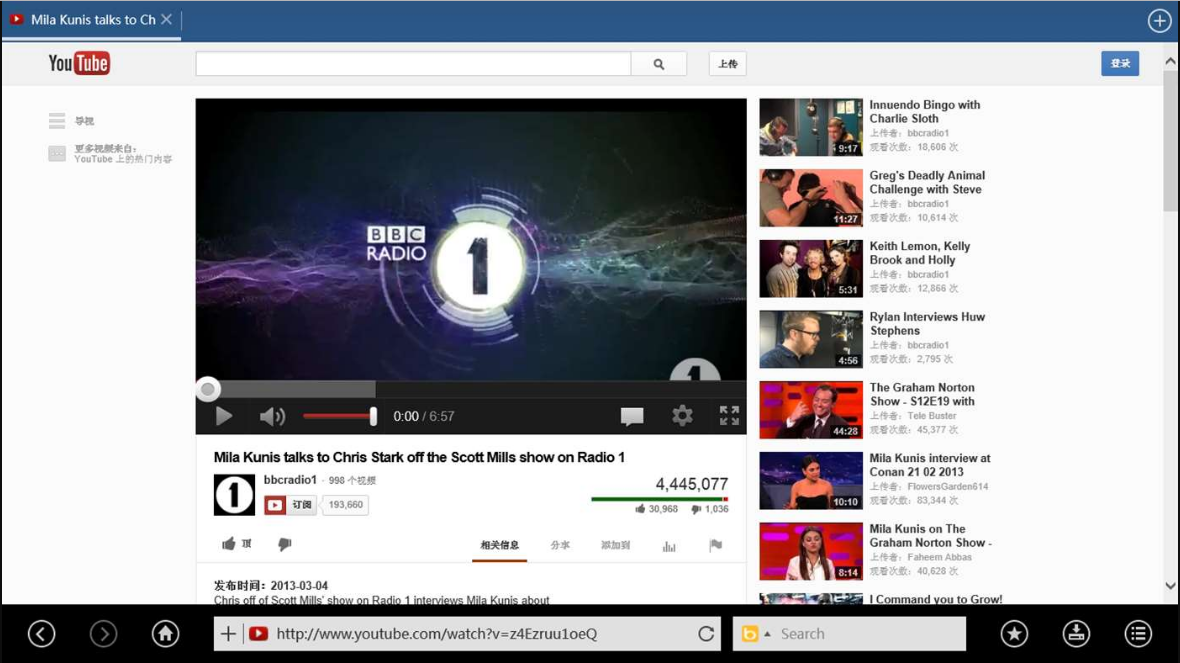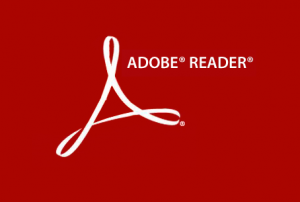Adobe Reader 9 Mac Os

Installing your Type 1 or OpenType .otf fonts on Mac OS 8.6 to 9.2 or Mac OS X “Classic” requires ATM Light 4.6 or later (4.6.2 for Mac OS X Classic).
External hard drive is not showing up mac. Mac OS X has native support for Type 1 and OpenType fonts, which can be installed just like other font type on OS X. However, fonts installed in OS X system locations are not available to “Classic” applications (see section below). Fonts installed in the OS X native environment can be accessed by (a) any user or (b) just by an individual user.
- I have a MAC OSXEl Capitan 10.11.6 how can I install Adobe Reader 9, I have an important meeting in 10 minutes - Answered by a verified Software technician We use cookies to give you the best possible experience on our website.
- Mac OS X v10.6.4, Mac OS X v10.7.2, or Mac OS X v10.8; 1 GB of RAM; 350 MB of available hard-disk space. Adobe Reader 9 Windows Intel 1.3-GHz processor or equivalent; Microsoft Windows 2000.
Chrome Os Adobe Reader

From Reader 9, you can go directly into Acrobat.com (beta), an exciting new set of online services from Adobe, to perform common tasks, such as: -Create up to five Adobe PDF files -Share and store. Adobe’s Web site may default to Reader 8.1.2 — simply click on the “Different language or operating system?” link and select Mac OS X 10.4.11 - 10.5.3 to download Adobe Reader 9.
If you are running Mac OS X, decide if you want to install fonts into both the Classic environment and the OS X native environment. If you want your fonts to be accessible to both Classic and Carbon/native applications, install your fonts into the Classic environment. If the fonts only need to be accessible to Carbon/native applications, install into the OS X native environment instead.
Note: Do not move an entire folder containing fonts into the System location. The Mac OS can only read font files that are loose in the system font location; it can’t read files inside another folder. Isubtitle 3 3 2 equals.
To install your fonts using a font management utility (e.g., Extensis Suitcase, Font Reserve, FontAgent Pro or MasterJuggler), refer to that utility’s documentation for instructions on adding and activating the fonts. Moxile 3 0 0 – productive markdown editor app.
If you are using ATM Light without a font management utility. use the following instructions to install the fonts: How to log out on mac.

Acrobat Reader For Mac Os
- Before installing your fonts, quit all active applications.
- Locate the fonts you want to install on your hard-drive or go to the location you downloaded the fonts to. Each font package or collection will be in its own folder.
- Install your fonts in the System Folder:Fonts folder by moving or copying all the font files from their individual font folders into the System Folder:Fonts folder. For PostScript Type 1 fonts, this includes both the outline font files (red An icons) and the font suitcases. Often a family of outline fonts will be associated with a single font suitcase. OpenType .otf fonts are single-file fonts and do not include font suitcases.
- The fonts are now installed and will appear in the font menus of your applications.

Adobe Reader 9 Mac Os
UNDER MAINTENANCE
